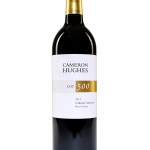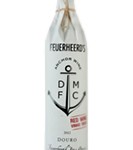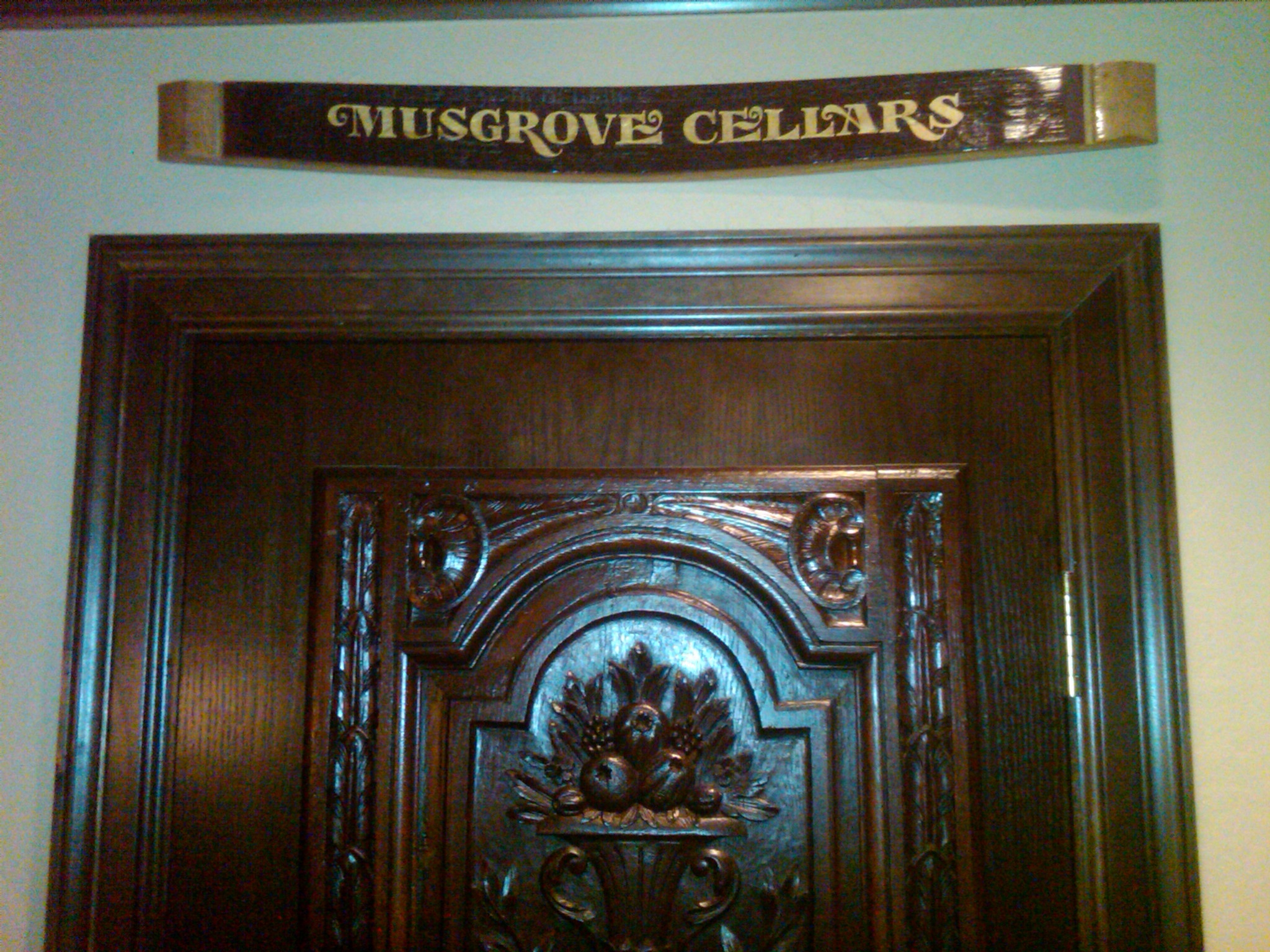Greetings and salutations! Happy New Year and welcome to these the ‘Teens. Many of us wine lovers have started wine collections, large and small. Yes!! I am feeling you, my people! One of the first questions a collector must ask himself/herself is “how long will my stored wine last?”, or even more to the point, “when will my prized bottle peak and be perfect for quaffing?” For years, even centuries, it has been common wisdom among wine experts that certain fine wines require proper aging to get them within what is called a “drink window”, or the ideal stage of the wine’s maturing process for consumption. This school of thought asserts that well-made red wines and occasional bold white wines will improve in the bottle and become more nuanced and rewarding over time. Indeed, leading wine magazines such as Wine Spectator and Wine Enthusiast regularly publish suggested guides for storing and consuming wines from specific vintages for specific appellations. That being said, no less of an expert than James Laube, the senior editor of Wine Spectator, recently wrote “A drink window is only an approximation of when a given critic thinks a wine will be at its peak for drinking.” Your humble Wine Bargain Sleuth translates this memorable quote into the simple concept that predicting a wine’s perfect drinking window is more of an art than a science.
Interestingly, a growing number of wine commentators and pundits are beginning to challenge the assumption that such collectible wines always get better in the bottle after more than a few years of careful aging. The factors that are being argued to change the old school assumption include new winemaking techniques, particularly in “New World” vineyards in California and Australia, which have allowed talented winemakers to deliver desirable wines that are less tannic and more approachable at a younger age. Many California vintners such as Peju in Rutherford ( www.peju.com ) are conservative with their recommendations of when customers should drink their wines as compared to the suggested windows of many wine critics, meaning that they believe that their wines are less reliant on long-term aging to get to their peak drinking windows.
There is another, somewhat delightful, variable that I have often discussed with my own wine buddies: What does your palette prefer, younger, more flavorful wines with bolder tannins or older, more nuanced wines with softer tannins? One example of this dynamic was pointed out several years ago by a friend who remarked after sampling some classic aged California Cabernet Sauvignon and the newer releases back-to-back, “I really prefer the younger cabs to the older ones.” How do you know what your taste buds prefer? This is where your homework is cued. Work, work, work. It just never ends.
You can evaluate your own preferences are visiting your friendly local vineyard and requesting to sample their latest release of, say, Cabernet Sauvignon, and then compare what you taste against a 5 or 10 year old release of the same varietal; even better, politely impose upon your wine collector buddy who has built a vertical collection of an age-worthy wines to allow you to drink his in a comparison test! There is no right or wrong answer here, just a preference for your personal tastes. By trying this simple test, you can start to calibrate your own goals for collecting. Do you want to age that First Growth Bordeaux for 5 years or 15? Ditto with that monster California Cabernet Sauvignon? The choice is yours.
I have yet to see an expert argue that no aging is appropriate, as some Big Reds in particular are simply too tannic to enjoy at release. That being said, is 4-5 years of softening of the tannins sufficient for your tongue or should you go for decades? Many are advocating the former aging period is more than sufficient for most ageworthy wines, even though in the past critics would argue for a longer aging window. When in doubt, feel free to reach out to the vineyard for their recommendation for aging their own juice—after all, they are the ultimate experts, and in most cases they will be very glad you called and may suggest some other of their wines you might enjoy. The vineyard might bluntly tell you that some wines are designed and bottled to enjoy immediately rather than for aging, for example. That being the case, you have no choice but to drink up! You might even be moved to join one or two wine clubs if your state permits direct shipments (Is there really a valid reason direct shipments should not be legal? Don’t get me started.).
One last piece of advice as you start anew or enhance your existing collection: Once you decide your goal in terms of length of aging, have a plan as to your goals. There is a wealth of information out there of experts who will advise you their choices of starting a wine collection, whether a modest 50 bottle collection or a monster 5,000 bottle dream cellar. Equally important, if you are new to wine and collecting remember that in all likelihood your tastes will evolve as you sample new varietals, so those great California Merlots you like now may not taste nearly as wonderful 5 years down the road if your tastes head toward the old world reds of France or Italy. Collect accordingly and don’t hesitate to ask questions of your trusted wine retailer or winery representative before you lay down your hard-earned sheckels.
Now, because your Wine Bargain Sleuth managed to sample a few extra wines over the December holidays (don’t judge, as my younger daughter likes to say!), I will recommend an extra wine this month. And away we go with this month’s recommendations:
Value Wine No. 1: Remarkable Chianti for Everyday
An interesting wine fact is that Italy actually produces more wine than France or the US of A. We are a bit remiss in extolling the wonders of Italian wines, whether classic whites such as Pinot Grigio or reds such as Sangiovese. I intend to address that omission by naming this month’s Value Wine No. 1 as the 2009 Filicaja Chianti Superiore DOGC. This classic Italian is made from 90% Sangiovese grapes (with 5% Canaiolo and 5% Merlot) and will literally flush out any poor memories about pedestrian, “basket jug wine” Chianti. I recently tasted the 2009 Filicaja with several friends courtesy of my friends at Ronin Wines ( www.roninwines.com ), and without exception each of us was amazed at the quality and balance of the juice, which each of us felt drank a 2-3 times its suggested $18 retail. One of the tasters subsequently served the 2009 Filicaja with a grilled steak and reported that it was an excellent pairing as well. You can offer this red Italian Santiovese with pride to the choosiest of your wine buddies or simply enjoy it on a weeknight with a hearty Italian pasta dish or grilled pork tenderloin. And if ratings of the experts is your concern, then you should know that Wine Spectator was so impressed that it laid a solid 89 rating on the 2009 Filicaja Chianti Superiore DOGC. This is a wine for which you should grab several bottles—they will be in demand!
Value Wine No. 2: A Delightful Beaujolais
Previous Chapters have praised numerous French wines, including Bordeaux reds, Burgundy whites and even Rhone reds. This month we have designated the 2010 Georges Duboeuf Morgon as Value Wine No. 2. This balanced wine made up primarily of Beaujolais grapes has been a house favorite with your humble Wine Bargain Sleuth for a couple of years now, and I am particularly fond of the 2009 vintage. Georges Duboeuf has very nearly replicated the brilliant 2009 with the 2010 Morgon, Wine Spectator recently awarded the wine a 91 rating and named it a “Smart Buy”. Although the wine retails for $20, careful shopping can drive the cost down several bucks. The 2010 Morgon is a medium bodied red that has a refreshing, red fruit nose and a polished, dry finish that will make you ask for a refill. It is simply a pleasure to drink this nuanced Beaujolais effort. Georges Duboeuf has one of the best distribution chains of any French wine producer, so the 2010 Morgon is readily available. Treat yourself and procure a bottle or three.
Value Wine No. 3: The Rare Bordeaux Bargain
Does the Wine Bargain Sleuth have a deal for you—not only a bonus Value Wine No. 3 for this month’s Chapter but the rarest of rares—a decent red Bordeaux for under $10! If this strikes your fancy, then know that you are not alone. This month’s Wine Enthusiast named the 2009 Chateau Chantemerle Blaye Cotes de Bordeaux one of its Best Buys, bestowing an impressive 90 rating on the red Bordeaux. And best of all, the cost on this medium-bodied Merlot and Cabernet Sauvignon blend is only $8! The 2009 Bordeaux vintage is considered a classic, and this non-classified wine benefitted from the amazing vintage. In keeping with the discussion above, the Chateau Chantemerle could likely benefit from a couple of years of cellaring, but as with many of the rich 2009 Bordeaux wines it is quite drinkable now, with a nose of dark red berries and mushrooms, and that classic, lingering dry French finish. For the $8 retail, a case is less than $100—and that is before the typical case discount (see last month’s Chapter for a discussion on discounts). Run, don’t walk, to your friendly wine purveyor for this bargain jewel. You’ll thank me later.
Worth a Splurge Wine of the Month: California Pinot Magic
The January Worth a Splurge Wine is the 2011 Belle Glos Meomi Pinot Noir. The Wine Bargain Sleuth is in a giving mood to start the new year, and this month’s Splurge Wine retails for a humble $24, not much more than this month’s Value Wines. But this Belle Glos, the “starter” pinot noir for the Wagner family, renowned for their Caymus Cabernet Savs, is a big league Pinot Noir in every sense of the word. A medium to full bodied Pinot, this wine has a nose of cherry and cola, some oak and minerals on the mid-palette and a lingering finish that keeps on giving. This Pinot is bold enough to pair with a grilled filet mignon steak and not miss your favorite Cabernet Sav. Wine Spectator thinks so much of this bargain Pinot Noir from the Central Valley of California that it awarded the Meomi a salty 92 rating. Choose this wine to serve to your pickiest Pinot Noir fan and smile knowing that you didn’t spend a small fortune for the privilege!!
Thought for the Day: A Quick Tip for Serving Wine
If you don’t have a dedicated cellar or wine refrigerator, here’s an easy tip to make sure your wine is served at the correct temperature: The 20 Minute Rule. With white wines that are stored in your regular ‘fridge, pull the whites out 20 minutes before serving. With red wines that are stored at room temperature, put the reds in for 20 minutes before serving. In each case, the temperatures should then be close to optimum for your enjoyment.
Until next month– Cheers!
© The Wine Bargain Sleuth 2013—All Rights Reserved









Testimonials
Len Musgrove
"Brad, Happy New Year to you, Nicole and the kids! I ..."
Brad Bell
"Thanks Len. I will be checking out a few of your suggestions. Wishing ..."
Vince Papali
"Well done! Eagles still have a chance! See you soon! "